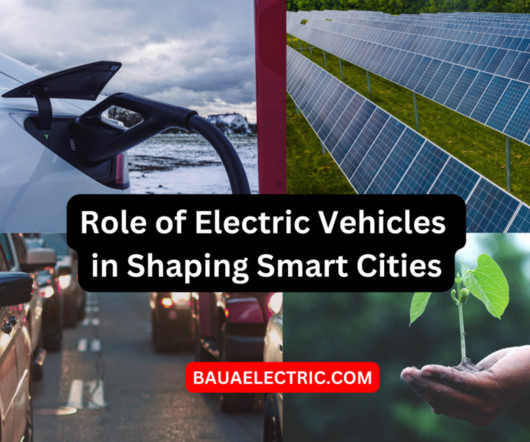How EVs Are Reducing Carbon (CO2) Emissions
Blink Charging
SEPTEMBER 8, 2023
The upstream, “well to wheel” emissions of the EV are linked to electricity generation and the electrical grid, with lower emissions in regions that use more renewable energy sources. They can be charged using clean energy, reducing their environmental impact. Let’s not forget our carbon footprint.
















Let's personalize your content